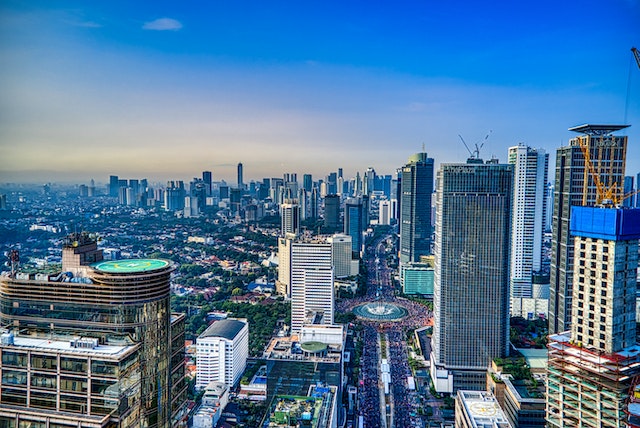In an era where sustainability and responsible travel practices are gaining increasing importance, eco-friendly destinations have emerged as a top choice for conscientious travelers. These destinations not only offer breathtaking natural beauty and cultural experiences but also prioritize environmental conservation and minimize their ecological footprint. In this article, we present a comprehensive list of 10 eco-friendly destinations around the world that embrace sustainable travel practices. Get ready to embark on a journey that combines exploration and environmental consciousness!
Costa Rica:
Known for its remarkable biodiversity and commitment to sustainability, Costa Rica is a leader in eco-tourism. Experience lush rainforests, stunning beaches, and volcanic landscapes while staying at eco-lodges that prioritize renewable energy, water conservation, and local community engagement.
Iceland:
Iceland’s dramatic landscapes, including waterfalls, geysers, and glaciers, make it a must-visit eco-friendly destination. With its emphasis on geothermal energy, extensive recycling programs, and responsible adventure tourism, Iceland showcases the power of sustainability in action.
Bhutan:
The Kingdom of Bhutan has long been a pioneer in sustainable development and environmental preservation. With its focus on Gross National Happiness, Bhutan offers travelers a chance to immerse themselves in pristine landscapes, protected national parks, and a deep respect for nature and culture.
New Zealand:
New Zealand is a haven for outdoor enthusiasts seeking sustainable experiences. From hiking the famous Milford Track to exploring geothermal wonders in Rotorua, this country prioritizes sustainable tourism, wildlife conservation, and protecting its unique Maori heritage.
Norway:
With its breathtaking fjords, majestic mountains, and sustainable cities, Norway is an eco-traveler’s paradise. Discover the beauty of the Northern Lights, explore national parks, and witness the country’s commitment to renewable energy and electric transportation.
Singapore:
Despite being a bustling metropolis, Singapore is dedicated to being a sustainable city-state. Experience its impressive green spaces, such as Gardens by the Bay and Singapore Botanic Gardens, which showcase sustainable architecture, urban farming, and innovative waste management systems.
Sweden:
Sweden’s deep connection to nature and eco-consciousness make it an ideal destination for sustainable travel. From eco-lodges and treehouses to exploring the Arctic wilderness, Sweden promotes sustainable practices, renewable energy, and conservation initiatives.
Ecuador: Ecuador, with its diverse ecosystems, including the Amazon rainforest, the Galapagos Islands, and the Andes Mountains, offers a wealth of sustainable travel opportunities. Experience responsible wildlife encounters, support community-based tourism, and contribute to conservation efforts.
Canada:
Canada’s vast wilderness and commitment to environmental protection make it a prime destination for sustainable travelers. From exploring national parks to engaging in Indigenous cultural experiences, Canada promotes eco-tourism, wildlife conservation, and sustainable outdoor adventures.
Thailand:
Thailand’s natural beauty, cultural heritage, and emerging sustainable initiatives make it an intriguing destination for eco-conscious travelers. Discover eco-resorts, participate in responsible elephant encounters, and support community-based initiatives that preserve Thailand’s unique biodiversity.
Conclusion
As travelers, we have the power to shape the future of our planet. By choosing eco-friendly destinations that prioritize sustainability, we can embark on unforgettable journeys while minimizing our environmental impact. Whether you’re seeking adventure, cultural immersion, or tranquility in nature, these 10 eco-friendly destinations offer a blueprint for sustainable travel. Embrace the opportunity to explore the world while protecting it for future generations. Together, we can make a difference and create a more sustainable and responsible travel culture.









